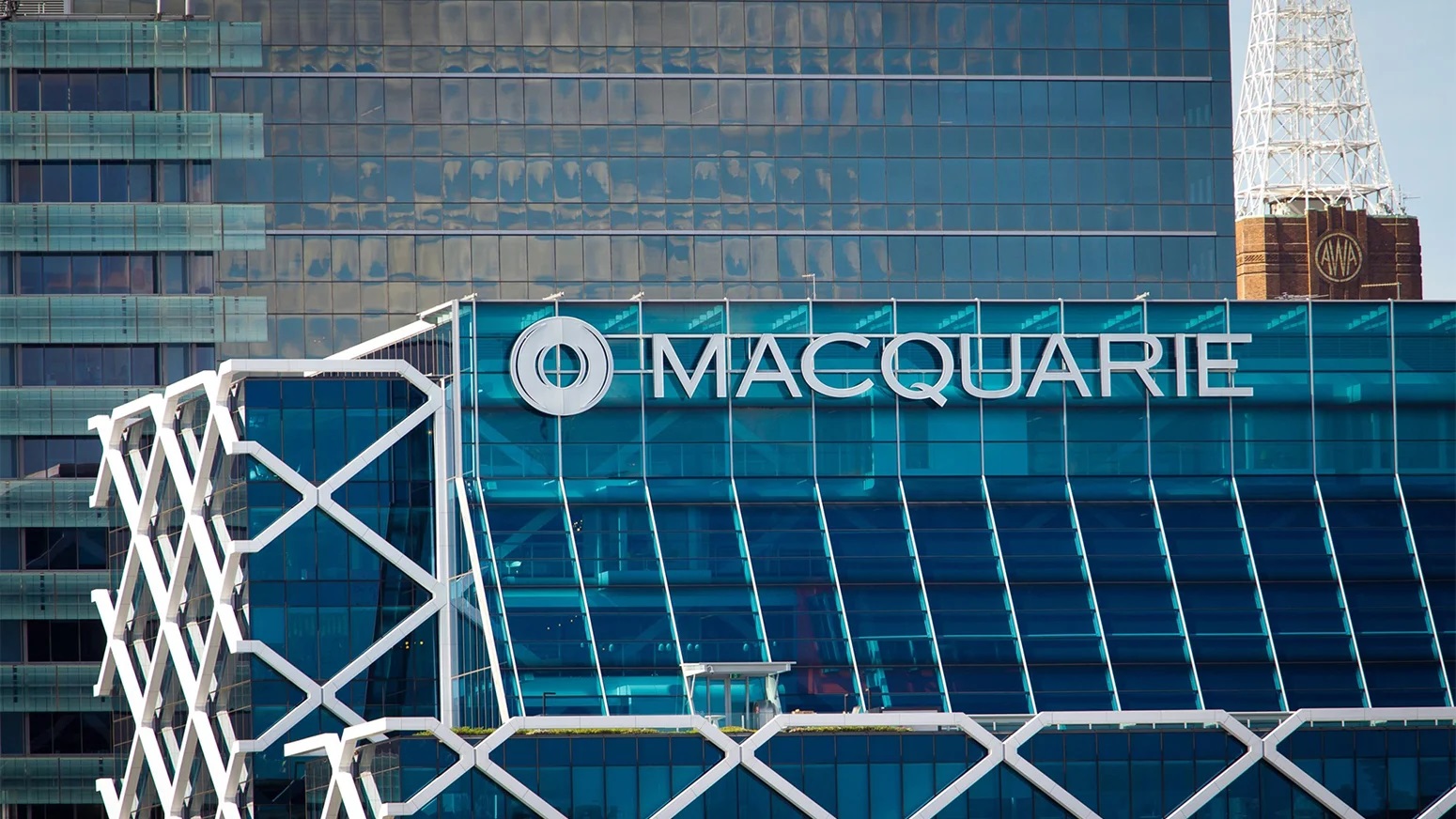According to Macquarie Asset Management's recently unveiled "Outlook 2023" report, in real estate, rising interest rates are having an impact on transaction volumes in some markets as bid-ask spreads widen and residential prices come under pressure, particularly in the more highly levered geographies. But in many instances fundamentals remain solid.
Highquality buildings with strong cash flows and premium tenants, and property assets in locations where there are supply-demand imbalances, should perform solidly through the cycle, as they have done historically.
Higher
replacement costs – driven by elevated construction
prices – may also help protect pricing, or at least provide
a floor for prime valuations. Widening discounts for
Grade B and Grade C assets,3 and those buildings with
leasing risk and/or high and rising capital expenditure
(capex) requirements, should also create repositioning and
repurposing opportunities.
The global economy recovered strongly from the COVID-19 pandemic, supported by the release of pent-up demand as
movement restrictions were scaled back, as well as huge amounts of fiscal and monetary support. But it is now being
buffeted by two major shocks: high inflation (which is eroding real incomes) and rising interest rates.
According to the report inflation will be falling during 2023 as aggregate demand weakens, supply chain pressures ease, and food and energy inflation moderates, but it does not return to central bank targets (~2%).
Macquarie Asset Management's Ben Way, commented on the report, "The year 2022 was punctuated by shocks to global systems that once seemed resilient and steadfast. Supply chains
grew in size, scale and suppleness over decades. Energy and food markets, always subject to market factors, were
reliable. Globalisation was an inexorable trend – and we believed monetary policy had prevailed over inflation. These assumptions were challenged fundamentally in 2022. What are the implications for 2023?"
"In this Outlook, we take the view that recessions will cast a pall over global growth in the first half of 2023 – especially in Europe and the UK, but also in the US. But with China’s economy likely to accelerate steadily throughout the year as policy easing steps up gear, and developed world growth set to improve in the second half of the year, the global economic landscape should be much improved towards the end of 2023," he continued.















